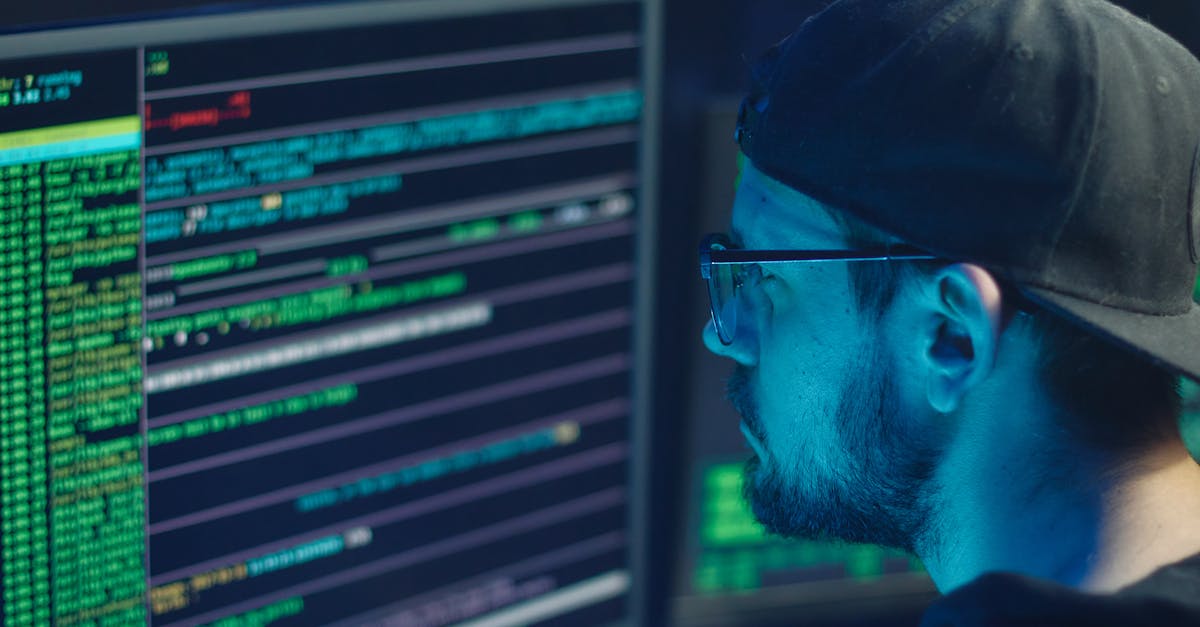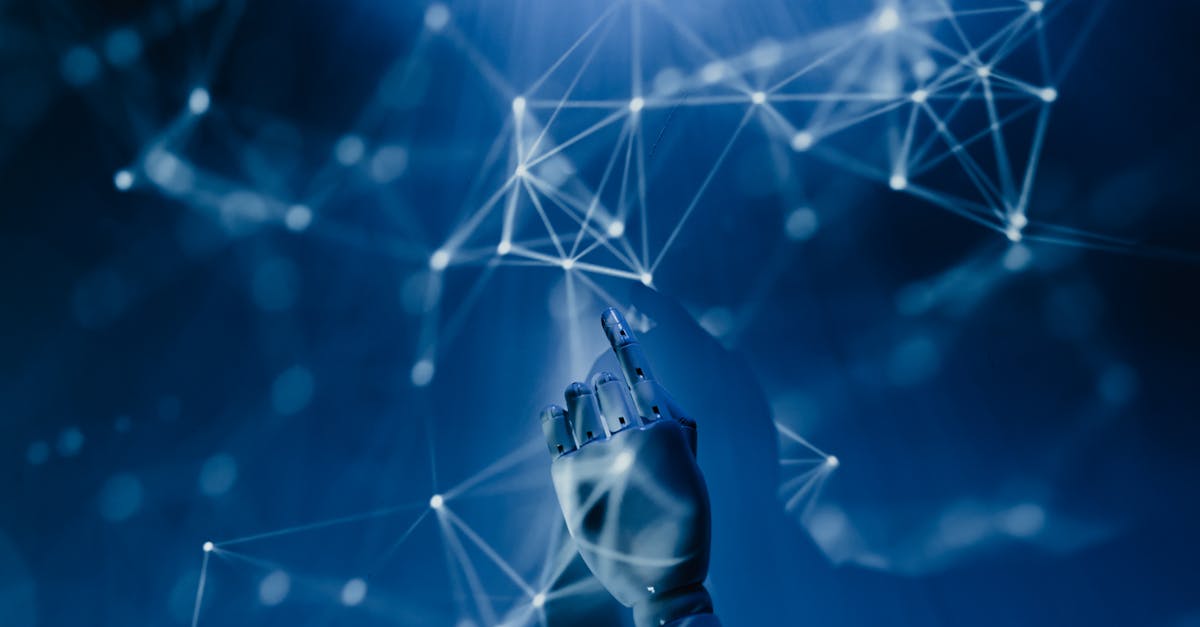
Introduction to Cybersecurity in 2025
As we progress into an era of unparalleled digital transformation, cybersecurity emerges as a critical concern for individuals and organizations alike. With the rapid integration of advanced technologies, the potential for data breaches and cyber threats increases exponentially. In 2025, protecting data privacy is more crucial than ever, driven by increasing legislative measures and sophisticated cyber-attacks. This year marks a turning point where cybersecurity must accommodate both emerging and existing technologies. Understanding these dynamics helps define how society and businesses must adapt to safeguard personal and corporate information. Let's delve into the trends shaping cybersecurity in 2025.
The Rise of AI-Powered Cybersecurity
Artificial Intelligence (AI) has revolutionized cybersecurity by providing innovative solutions to detect and prevent cyber threats. Machine learning algorithms can now analyze vast amounts of data in real-time, identifying patterns and anomalies indicative of potential breaches. With AI, systems can predict and respond to threats faster than ever, offering a proactive approach to cybersecurity. However, cybercriminals also harness AI, creating more complex and adaptive malware. The race between securing and breaching data will hinge on who better utilizes AI technology. This dynamic underscores AI's dual role as both a shield and a sword in the cybersecurity landscape.

Tara Winstead/Pexels
Zero Trust Architecture Dominance
In response to sophisticated threats, Zero Trust Architecture (ZTA) rapidly becomes the standard for securing digital ecosystems. Unlike traditional models, Zero Trust operates on the principle of "never trust, always verify." Every request, whether internal or external, undergoes rigorous verification to access network resources. This model minimizes the attack surface and limits the potential damage from breaches. Organizations are increasingly adopting ZTA frameworks to ensure robust protection against internal and external threats. The shift to Zero Trust signifies a landmark evolution in cybersecurity approaches, emphasizing security by design.
Enhanced Cryptographic Techniques
As cyber threats evolve, so do the measures to protect sensitive data. Enhanced cryptographic techniques are vital to ensuring data privacy and integrity. Quantum cryptography stands out, utilizing quantum mechanics principles to create secure communication channels. This method promises unparalleled security, resisting even the most advanced cyber-attacks. Concurrently, homomorphic encryption enables processing encrypted data without decrypting it, thwarting potential breaches. These advancements in cryptography cater to the growing need for secure transactions in an increasingly interconnected digital environment.
Internet of Things Security
The Internet of Things (IoT) continues to integrate into daily life, with smart devices proliferating in homes and industries alike. While IoT offers convenience and efficiency, it also poses significant security risks. With numerous devices connected to a single network, vulnerabilities can be easily exploited by cybercriminals. In 2025, comprehensive IoT security measures become essential. From device authentication to network segmentation, ensuring every link in the IoT chain is secure remains a priority. As IoT expands, protecting data privacy within these networks is crucial to prevent unauthorized access and data exploitation.
Cloud Security Adaptations
The transition to cloud-based services has escalated over recent years, providing scalability and accessibility. However, this migration subjects data to new privacy challenges. As cyber threats targeting cloud platforms become more sophisticated, cloud security measures evolve to counter them. Encryption, intrusion detection systems, and secure access controls are just a few strategies enhancing cloud security. Cloud service providers (CSPs) also implement shared responsibility models, highlighting the roles they and users play in data protection. Collaborative efforts between CSPs and their clients will fortify defenses against potential breaches.
Emergence of Biometric Authentication
Passwords are becoming relics of the past, replaced by more secure biometric authentication methods. Fingerprints, facial recognition, and retina scans offer a robust alternative to traditional passwords, providing an efficient and personalized security measure. Interestingly, multi-factor authentication (MFA) is increasingly integrating biometrics to enhance security layers. However, with biometric data's permanence, ensuring its protection against misuse or theft is paramount. As biometric systems become mainstream, the focus on securing this sensitive data intensifies, driving privacy-preserving technologies.
Regulatory Landscape and Compliance
In tandem with technological advancements, the regulatory landscape around data privacy continues to evolve. Governments worldwide implement stringent data protection laws, holding organizations accountable for breaches. Regulations such as the General Data Protection Regulation (GDPR) and California Consumer Privacy Act (CCPA) set benchmarks for data privacy standards. In 2025, organizations face increasing pressure to comply with these laws while adapting to emerging regulations. This regulatory landscape fosters a culture of transparency and accountability, driving corporations to prioritize cybersecurity investments.
Ethical Hacking and Cybersecurity Education
Ethical hacking emerges as a pivotal strategy in fortifying data privacy. White-hat hackers work to uncover vulnerabilities, providing insights into potential attack vectors and ensuring timely remediation. Meanwhile, cybersecurity education becomes vital in cultivating awareness and skills. Incorporating it into curricula helps future-proof generations against evolving cyber threats. Public and private sectors collaborate to offer training programs and certifications, fostering a skilled workforce to combat cyberattacks. These initiatives ensure a secure digital future, empowering individuals to protect sensitive data.
Conclusion: Navigating Cybersecurity in 2025
As we advance into 2025, cybersecurity remains at the forefront of technology discussions, emphasizing the need for vigilance and adaptability. Innovative solutions like AI and Quantum Cryptography pave the way for stronger defenses, while Zero Trust and IoT security emphasize the importance of holistic approaches. Regulatory measures drive transparency, holding organizations accountable for safeguarding data privacy. Ultimately, education and ethical hacking initiatives lay a strong foundation for a secure digital landscape. With these trends shaping the future, society equips itself to navigate cyberspace confidently, protecting invaluable data assets.